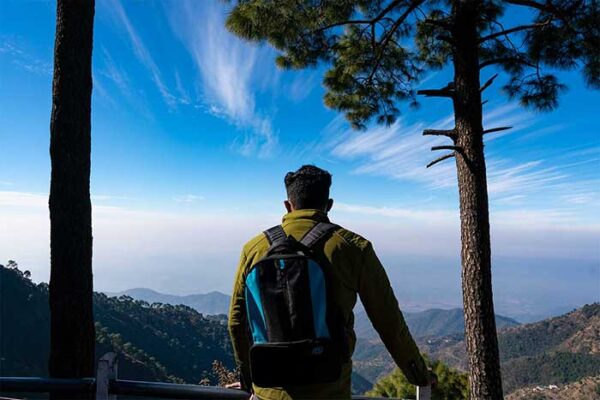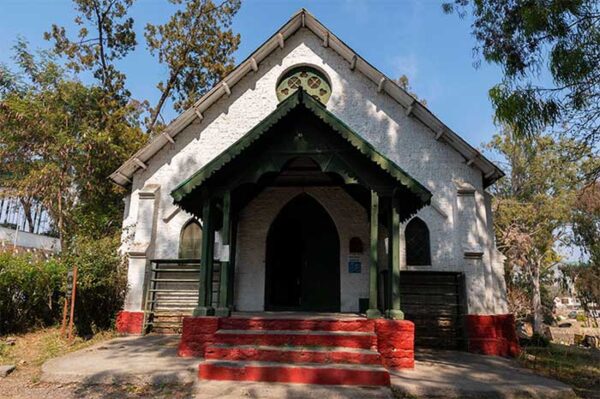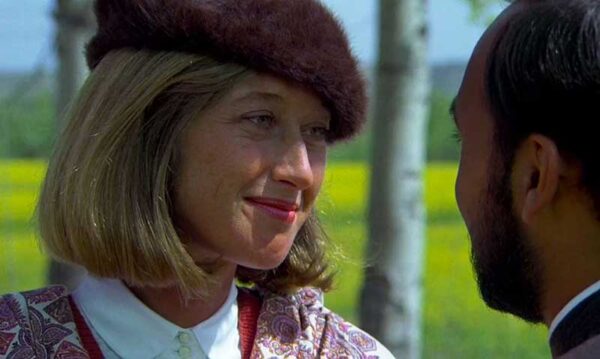British Connection
Top British Landmarks of Kasauli
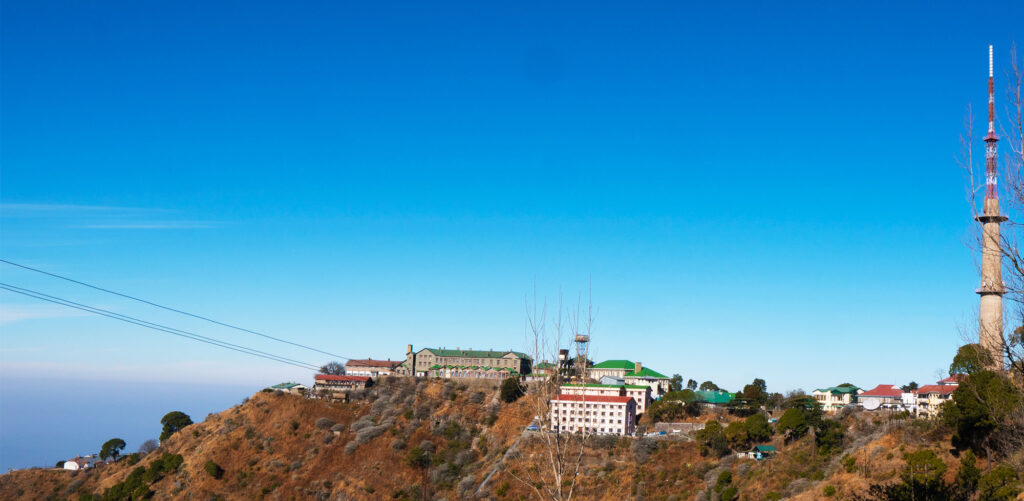
Perhaps the best way to visit the past is via the old places. In Kasauli, there are many of them, some dating back to the days when this small town was founded almost 200 years ago…
1. KASAULI CLUB
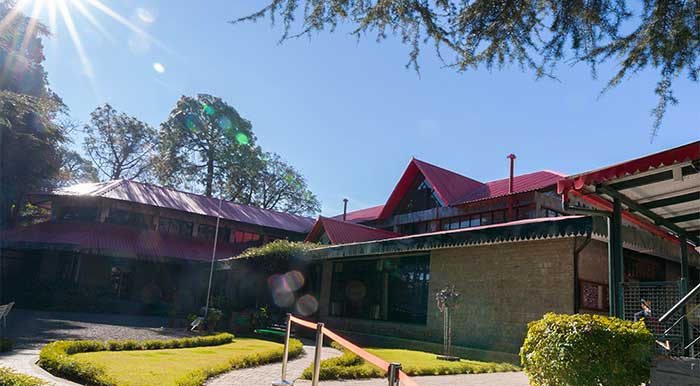
Founded by the Britishers as ‘Kasauli Reading and Assembly Rooms,’ in 1880, the club is located on the upper Mall Road. The Club was renamed Kasauli Club in 1898 after it was registered in Lahore and the management was shifted into the hands of army officers and civil servants. There was an attempt to sell it in 1947 by members headed by Maurice Gwyer. However, Colonel ML Ahuja, the first Indian chairman of the club, stopped it being from sold.
It was only after 1960 that civilians were allowed membership to the Club. In January, 2002, the club was razed to the ground by a devastating fire and had to be renovated.
The Club boasts of strict membership rules and its members includes the who’s who of town.
2. Central Research Institute (CRI)

Spread over an area of 67 acres, the Central Research Institute (CRI) is a premiere research institute of the country and the building that houses it is a magnificent piece of architecture.
Established as the Pasteur Institute of India in 1900 under British army officer David Semple, it was later designated as CRI. When founded, Pasteur Institute of Kasauli was the first such institute in the British Empire established for research on rabies. In 1905, the Pasteur Institute was converted into the Central Research Institute (CRI) with Semple as its first director.
It was in 1939 that the Pasteur Institute, Central Research Institute and the Drumbar estate were merged. Semple had in 1911 developed here an anti-rabies vaccine, which, was widely accepted and most commonly used vaccine throughout the world till 2000. However, its use is no longer advocated by the World Health Organisation (WHO).
The institute has also developed a host of other life-saving vaccines and serum for treatment of snake bite cases. There was a time when patients bitten by rabid animals, mostly dogs, used to be treated at the institute in Kasauli.
3. Lawrence School
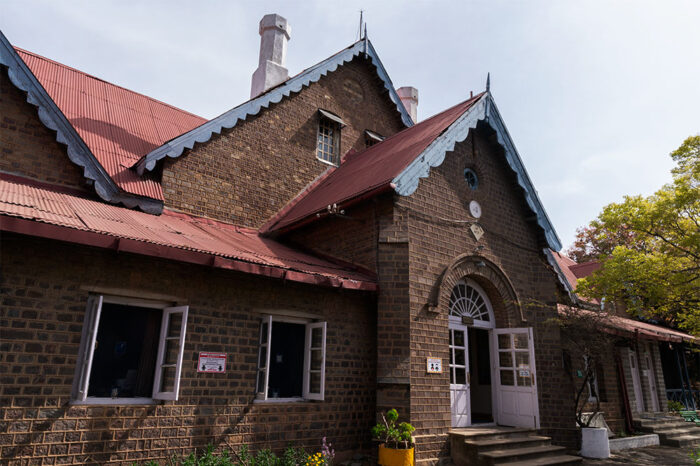
The Lawrence school or Lawrence Military Asylum as it used to be called was founded in the nearby Sanawar village in 1846 by Henry Lawrence, a British military officer.
The asylum was meant for the orphaned children especially the girls of British soldiers. The land for the school was acquired from the Baghat state. The school was opened in March, 1847, with 23 children.
Along with the main buildings the school, spread over an area of 139 acres, has other old structures especially the chapel, one of the first ones constructed here. The chapel has one of the most exquisite stained glasses.
4. Kasauli Brewery
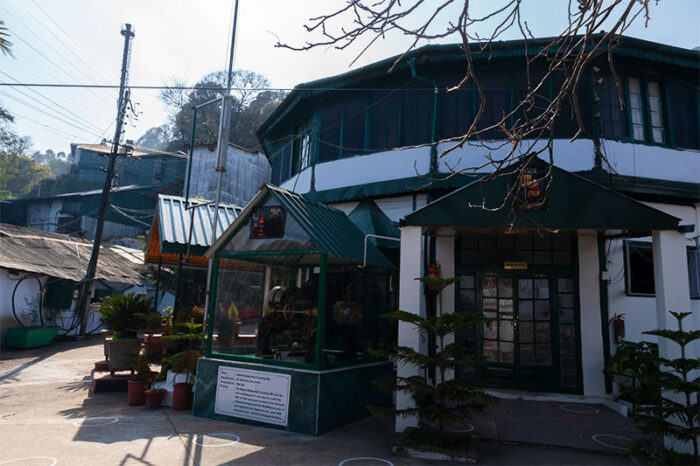
This brewery was set up in 1855 by Edward Dyer, the father of Reginald Edward Dyer. Yes, the same Dyer, also known as the Butcher of Amritsar for his Jallianawala Bagh massacre orders.
But he was not the first one to start a brewery in Kasauli. According to many historic documents, a brewery was set up in 1840s in Kasauli but was shut sometimes later. It’s not clear who had started it. Edward had set up the brewery in Kasauli mainly due to the abundance of spring water here and of course the cool climes.
His business boomed and Edward set up breweries in other parts including Shimla and Lucknow. The brewery was later shifted to Solan. Edward sold his breweries to HG Meakin in 1887. After independence, Narendra Nath Mohan buys Dyer Meakin breweries and takes over the management and builds new breweries. It’s still functional but as a distillery.
5. Christ Church

It’s one of most beautiful and oldest landmarks of Kasauli. Located near the Mall Road, the Christ Church was founded in 1844 for the British families and soldiers and opened for service in 1853.
In the late 1880s, the church tower was raised and a clock was mounted. Built in the Gothic style, the structure is notable for its beautiful stained glasses that depict scenes from the bible.
On the walls of the church hall, there are epitaphs of some Britishers who died in Kasauli. The clock in the church tower, which had stopped working, was repaired in 2015.
6. St Patrick’s Church
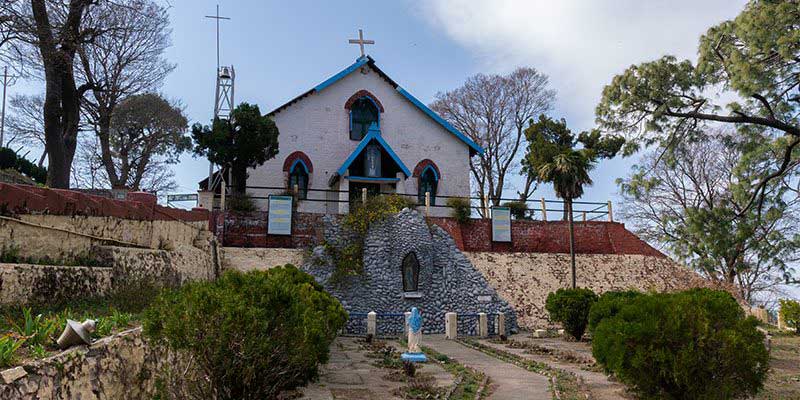
Built in 1847 by the Irish soldiers, the building of St Patrick’s Church is another beautiful heritage structure in Kasauli.
The soldiers, who were posted in Kasauli at that time, had contributed Rs 4500 for building the church. The beautiful structure, the wooden interiors, choir stand, pews, murals, the baptism tubs, have been maintained and kept the way they used to be. The church also has a lovely mosaic of Jesus and Mother Marry.

